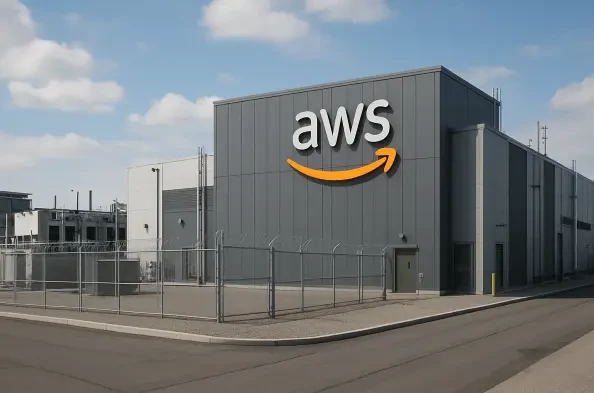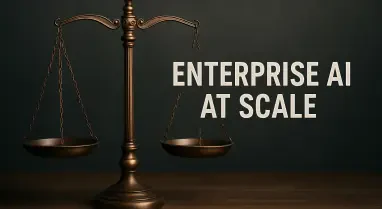I’m thrilled to sit down with Vernon Yai, a renowned data protection expert whose work in privacy protection and data governance has shaped industry standards. With a focus on risk management and cutting-edge techniques for safeguarding sensitive information, Vernon offers unparalleled insight into the evolving landscape of cloud computing and data sovereignty. Today, we’ll dive into the strategic moves by hyperscalers like AWS in response to EU data privacy concerns, the significance of sovereign cloud initiatives, and the broader implications for technological resilience in the region.
Can you share your perspective on the growing trend of sovereign cloud solutions in the EU and why they’ve become such a priority?
Absolutely. Sovereign cloud solutions are gaining traction in the EU due to heightened concerns over data privacy and security, especially with regulations like GDPR setting strict standards. Governments and businesses are increasingly worried about data being stored or processed outside the region, where it could be subject to foreign laws or unauthorized access. The push for sovereignty is about maintaining control over sensitive information, ensuring compliance with local regulations, and building trust with citizens and customers. It’s not just a technical shift; it’s a strategic move to protect economic and national interests in a digital age.
How do initiatives like AWS’s European Sovereign Cloud address the specific privacy and security concerns in the region?
These initiatives are designed to keep data within the EU’s borders, both physically and operationally. By establishing infrastructure and operations that are independent from non-EU entities, providers like AWS can ensure that data isn’t subject to external jurisdictions. This means using local data centers, employing EU-resident staff, and implementing strict access controls. It’s a direct response to concerns about data leaks or surveillance, and it aligns with the EU’s focus on technological autonomy. Essentially, it’s about giving organizations confidence that their data stays under EU governance.
What do you think are the biggest challenges hyperscalers face when rolling out something as ambitious as a sovereign cloud in the EU?
One of the biggest hurdles is balancing innovation with compliance. Hyperscalers are used to operating on a global scale with standardized systems, but a sovereign cloud requires localized infrastructure and processes, which can be costly and complex. There’s also the challenge of meeting tight timelines while ensuring everything meets stringent regulatory standards. Plus, they have to navigate varying interpretations of data sovereignty across different EU member states. It’s a logistical and legal puzzle that demands significant resources and expertise.
Can you explain the role of significant investments, like the multi-billion euro commitments we’re seeing, in shaping the future of cloud services in Europe?
These investments are game-changers. They fund the development of local infrastructure, like data centers, and support the hiring of regional talent to manage operations. They also drive innovation in security technologies tailored to EU needs. For customers, this means access to cutting-edge cloud services that are compliant by design, without sacrificing performance. More broadly, these commitments signal to the market that hyperscalers are serious about the EU, fostering trust and encouraging adoption among businesses and public sector entities hesitant about data privacy risks.
Why do you think locations like Brandenburg, Germany, are being chosen for these sovereign cloud regions, and what does this mean for the local economy?
Locations like Brandenburg are often selected for their strategic advantages—proximity to major markets, robust infrastructure, and supportive local policies. Germany, in particular, has a strong industrial base and a reputation for stringent data protection, making it a natural hub for such initiatives. For the local economy, it’s a boon. These projects bring jobs, from construction to high-tech roles, and attract related businesses. They also position the region as a digital leader, potentially drawing further investment and innovation to the area.
How do you see the collaboration between hyperscalers and local EU companies or governments evolving as these sovereign cloud projects take shape?
I expect these collaborations to deepen significantly. Hyperscalers need local partners to navigate regulatory landscapes and build trust with EU stakeholders. We’re already seeing alliances with major European tech firms and commitments to work with public sector bodies. These partnerships help tailor solutions to regional needs while ensuring compliance. Over time, I think we’ll see more joint ventures and co-innovation, where local expertise shapes how cloud services are deployed, especially in sensitive sectors like healthcare or defense.
What’s your forecast for the impact of sovereign cloud initiatives on the broader tech landscape in the EU over the next decade?
I believe sovereign cloud initiatives will fundamentally reshape the tech landscape in the EU. They’ll accelerate the shift toward localized digital infrastructure, reducing reliance on non-EU providers for critical services. This could spur a wave of innovation as European companies develop complementary technologies and services. At the same time, it might create a more fragmented global cloud market, with distinct regional ecosystems. For the EU, the focus on sovereignty will likely strengthen its position as a leader in data protection, setting a precedent for other regions while pushing hyperscalers to adapt to a more regulated, privacy-first world.






